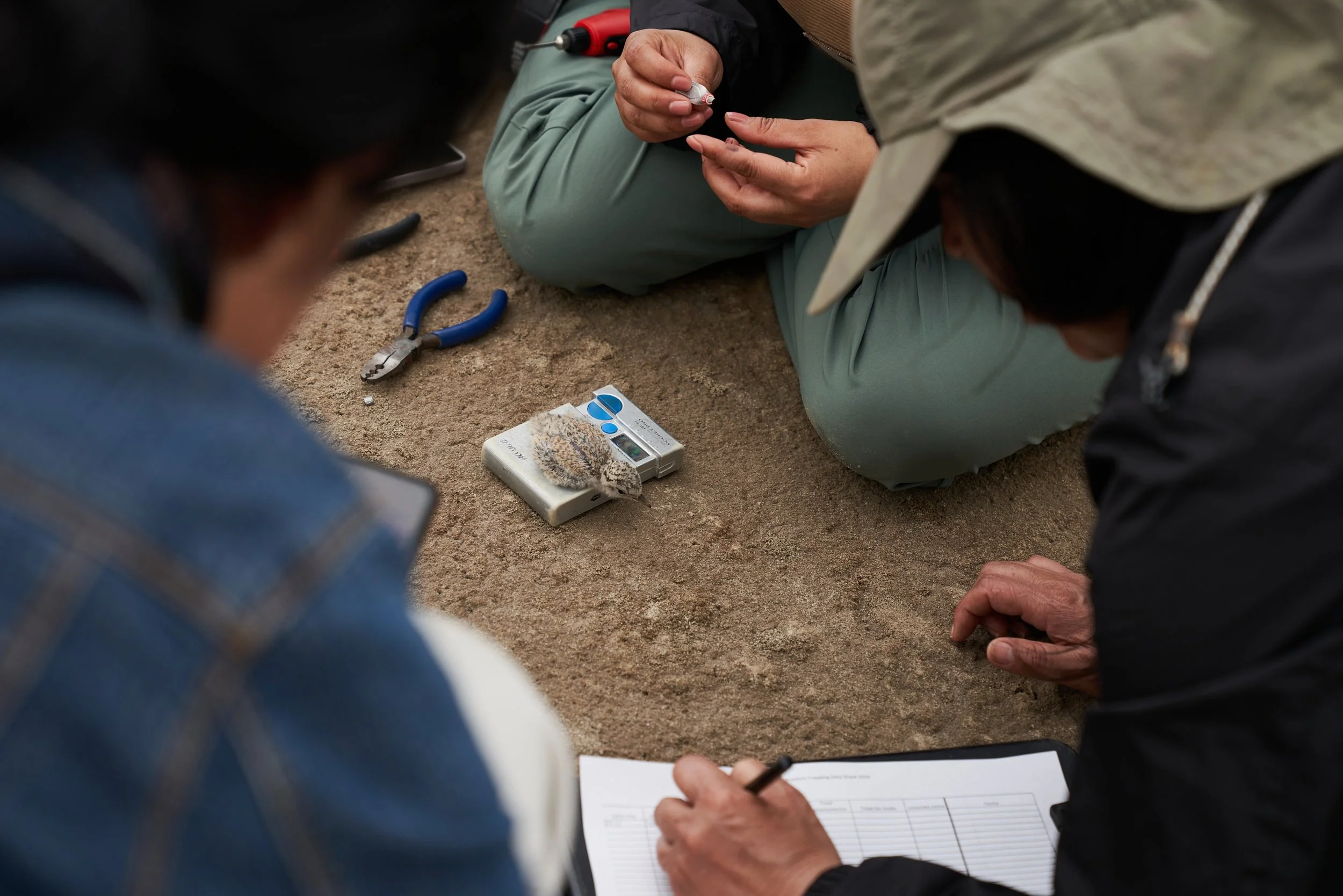California Least Tern
The California Least Tern (Sternula antillarum browni), a subspecies of the smallest tern in North America, has experienced a 56% population decline. It has been listed as endangered at both the state and federal levels in the United States since the early 1970s and is now considered a conservation-reliant migratory species.
Each summer, California Least Terns return to breeding colonies along the Pacific Coast, extending into Baja California, Mexico, where the species is under Special Protection by Mexican Official Standard 059-Semarnat-2010. Conservation efforts focus on increasing public awareness, seasonal monitoring, and protecting nesting habitats such as wetlands and public beaches.

Nest Site 1-North at Bolsa Chica Ecological Reserve in Huntington Beach, California.
My Story
I began working with the California Least Tern as a nest site monitor with Bolsa Chica Conservancy at Bolsa Chica Ecological Reserve. I was curious about my seasonal neighbors and motivated by a desire to reconnect with nature. For Orange County locals, Bolsa Chica is an extraordinary wild space in a very densely populated area. Its 1,300 acres of coastal habitat surrounding a saltwater estuary makes it the largest remaining wetland in Southern California.
I decided to follow the birds after meeting ornithologist Thomas Ryan — the tern expert— who was actively researching The Current Status and Distribution of the Least Tern Breeding in the Gulf of California, México. Since 2022, I’ve photographed over 25 unique nest sites in Southern California, Baja California, and Northwest Mexico.
A note on bird photography ethics: All nest site photographs were made under the supervision of a permitted scientist. In order to minimize disturbance, I use a telephoto lens and a blind when necessary.









